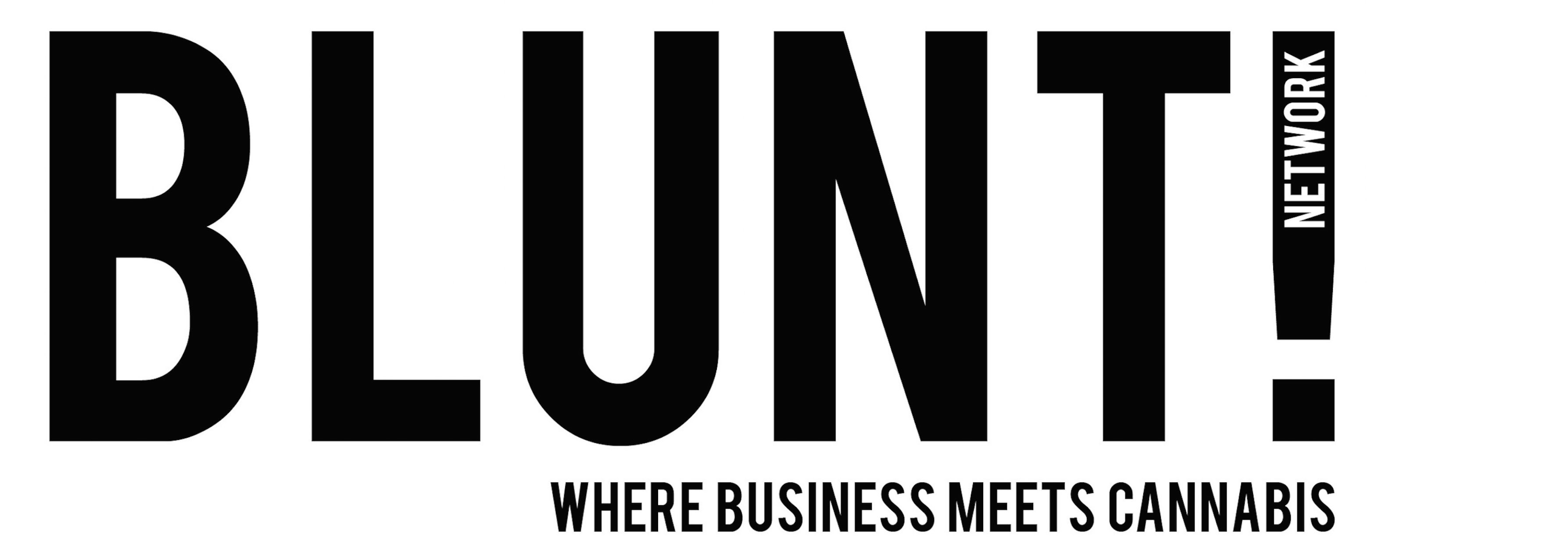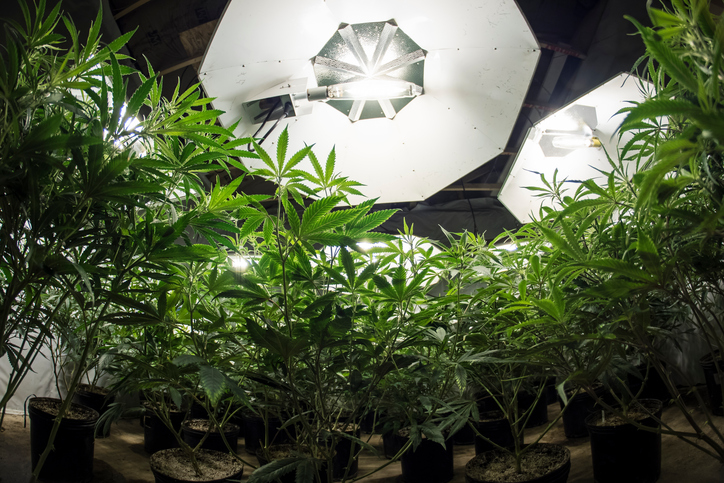Cannabis Grow Lights – What’s Best for Your Indoor Operation?
Marijuana is believed to be the most energy-intensive crop in the United States.
About 90 percent of legal cannabis is currently grown indoors. That means those pot plants are being raised under artificial lighting that mimics sunshine. And the heat from all that lighting often calls for extensive and expensive air conditioning systems to keep those plants from shriveling and wilting, while maintaining a relatively humid environment.
The rapidly-growing cannabis industry also has a massive carbon footprint. A 2012 study determined that indoor cannabis production accounted for around one-percent of all U.S. energy consumed, or around $6 billion annually.
Marijuana production, according to a report by Texas A&M professor Gina S. Warren, “consumes six-times as much energy as the pharmaceuticals industry and requires eight-times as much energy per square foot as the average U.S. commercial building. “ And that energy consumption, she says, “is expected to grow exponentially as marijuana becomes legalized throughout the country.”
As a result, many marijuana growers and researchers are now looking at a wide spectrum of artificial light sources for the industry; to determine which grow lights produce the fullest spectrum of light needed to successfully grow cannabis plants. Grow lights need to produce the complete spectrum of light that comes from the sun. Plants need that full spectrum of light, from red to yellow to blue and violet, in order to grow and thrive.
There are many different schools of thought in the cannabis sector as to what are the best types of grow lights; especially when you consider issues like crop yield, quality and cost-efficiency.
The most popular types of grow lights can be broken down into three groups. Here’s an overview:
Fluorescent
Fluorescent lighting technology has come a long way over the past several decades. We’ve all seen the compact fluorescent lights or CFLs; the corkscrew-shaped bulbs designed to replace the less-efficient incandescent bulbs. Standard CFLs use much less electricity than incandescent bulbs and reportedly can last eight to 15 times longer.
Fluorescent lighting is often used with young plants, including cannabis cuttings and seedlings, since the lights can be safely placed near the plants.
Cannabis growers who opt for fluorescent lightings often go with T5 units. T5 lights are designed with growing in mind. They come in panels and are available at most gardening and home improvement stores. People growing in small spaces prefer T5s because their relative lack of heat allows them to be kept much closer to the plants.
That being said, fluorescent lights may not get the yields available with other lighting sources, and they may not be strong enough to bring the cannabis plant into its essential flowering stage.
High Intensity Discharge (HID)
HIDs are currently the most common type of grow lights used in commercial marijuana “grows.”
HIDs have two major subsets: Metal Halide (HD) and High Pressure Sodium (HPS) lights. These are the lights that produce that golden glow you see in many photos of cannabis grow rooms. They are thought to produce the best spectrum of light for optimal growing and can be used with cannabis plants through both the vegetative and flowering stages of growth. They also require less of an initial investment compared to other types of grow lights.
The downside to HID lights is they are very powerful and consume large quantities of electricity. They also produce a lot of heat, which in turn requires growers to set up exhausts, vents and other air conditioning systems in their grow rooms. HIDs have more parts than other lighting systems, so the potential opportunity for breakdowns is that much larger.
LED (Light-emitting diode)
LEDs have made great technological leaps in recent years. You might notice LED lighting in newer cars and many commercial and residential lighting products.
LEDs are considered one of the most cost-efficient lighting technologies. According to the U.S. Department of Energy LED bulbs emit very little heat, whereas traditional incandescent bulbs release 90 percent of their energy as heat and CFLs release about 80 percent.
That energy efficiency means a cooler operation, requiring less air conditioning, vents and heat ducts.
But LEDs have their critics within the cannabis industry. The initial investment in these lighting systems is not small. According to the New York Times LED lights cost around $1,600 per unit, compared to $350 for a similar HPS set-up. There are also questions about the yield for cannabis plants grown under LEDs compared to other systems, as well as overall operations costs and ROI. That said, LED technology is still relatively new and is expected to improve.
And of course there’s always actually sunlight for growing.
As cannabis legalization becomes more widespread across the U.S., many legal marijuana companies hope they will be able to bring their crops out of warehouses and start growing cannabis outdoors or in greenhouses, without social stigma or fear of prosecution.
Resources
For more detailed information about cannabis grow lights, consult the following:
How Does Color Spectrum Affect Growing Marijuana Plants? – GrowWeedEasy.com
http://www.growweedeasy.com/color-spectrum-marijuana-grow-light
Marijuana Grow Lights: LED, HPS, CFL – HowToGrowMarijuana.com
http://howtogrowmarijuana.com/marijuana-lighting/
What Is The Best Marijuana Grow Light Setup For An Indoor Garden? – TheWeedBlog.com
https://www.theweedblog.com/what-is-the-best-marijuana-grow-light-setup-for-an-indoor-garden/
Marijuana Lighting ~ GrowMarijuana.com
http://grow-marijuana.com/lights
Marijuana Lights – MarijuanaSeedBanks.com
http://www.marijuanaseedbanks.com/marijuana_lights.html




